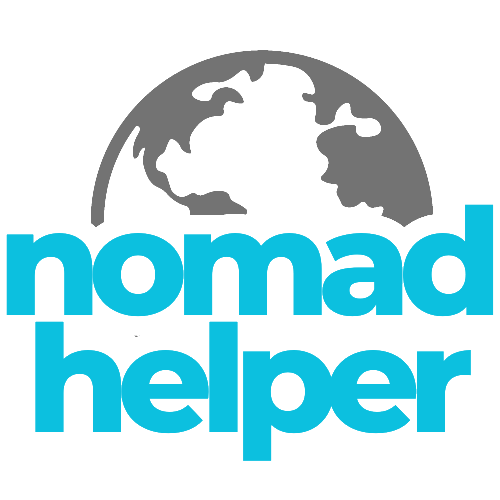Table of Contents
- Freedom and Flexibility: Making it Work for You
- Finding Balance: It’s Not One Size Fits All
- Sticking to Schedule: Easier Said Than Done
- Utilizing Digital Tools: The Game Changer
- Drawbacks and Wins: The Inevitable Trade-off
- Conclusion: The Journey Continues
Freedom and Flexibility: Making it Work for You
The freedom and flexibility associated with being a digital nomad are phenomenal. Indeed, being able to set your own schedule and work from places you’ve always dreamed of visiting does add a sprinkle of spice to life. Yet, with no structured work environment, it’s easy to either work too much or too little, and that can lead to either burn out or reduced productivity. Navigating this paradox used to be a recurring struggle for me and many of my fellow digital nomads. Once in Thailand, for instance, I found myself awe-struck by the picturesque landscapes and vibrant local culture. I was so enthralled by the experience that, for a couple of days, my work took a backseat to exploring. Afterwards, however, I found myself buried in catch-up work, staying up multiple nights in a row to meet deadlines. The experience served as a reality check that a balance had to be struck.Finding Balance: It’s Not One Size Fits All
Finding the right work-life balance as a digital nomad is, arguably, a personal journey. What works for one person may not work for another. For me, designing a structured daily routine that includes exploration, work, and relaxation time did wonders. Recently, I read an insightful book, ‘Deep Work‘, by productivity guru Cal Newport. He emphasizes the importance of structured focus and disciplined schedule, which resonated deeply with me. Following his advice, I started scheduling blocks of ‘deep work’ where I’d focus entirely on the job at hand, sprinkled with periods of rest and exploration. This balance worked incredibly well for me.Recommended article: Essential Gears Every Digital Nomad Must Have

Sticking to Schedule: Easier Said Than Done
Sticking to a work schedule while surrounded by exciting attractions and new experiences is a formidable challenge. On one work occasion in Barcelona, I found myself engrossed in the city’s rich historical architecture and almost missed a meeting. I quickly realized that sticking to a schedule required a certain level of discipline and commitment, just as it would in a traditional work environment. After a few ‘Barcelona incidents’, I began setting up multiple reminders on my phone and even started using time management apps.Utilizing Digital Tools: The Game Changer
Now, I swear by digital tools; they’re my saving grace. Tools like ‘Evernote‘ for note-taking and ‘RescueTime‘ for tracking how much time I spend on various websites and apps have drastically improved my productivity. Another tool I’ve seen benefits from is ‘Asana‘, a project management app, which I use to organize my tasks. These tools not only keep me on track but also provide valuable analytics that help me identify areas where I can improve further.Drawbacks and Wins: The Inevitable Trade-off
There’s no denying that achieving a work-life balance as a digital nomad comes with its fair share of challenges. Time-zones can be a nightmare, Wi-Fi connection may not always be reliable, and it’s sometimes difficult to find a dedicated work space. Still, despite these minor drawbacks, the benefits of living a nomadic lifestyle are immense. From the freedom to explore new locations to the satisfaction of self-management; the enriching multicultural interactions to the expansion of global networks, the wins are significant. Moreover, the constant change in environment stimulates creativity and performance – ultimately, fuelling the motivation to engage in work while enjoying life to the fullest.Recommended article: The Unexpected Joys of Being a Digital Nomad



